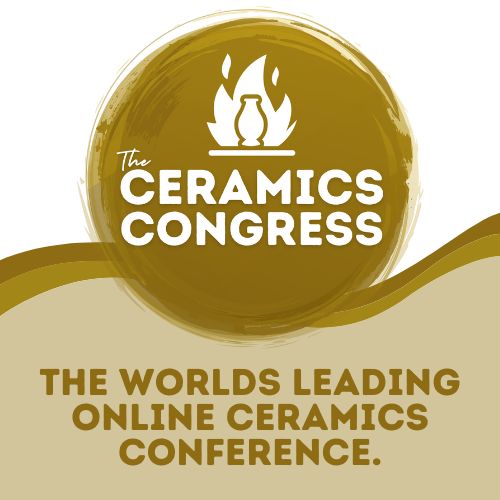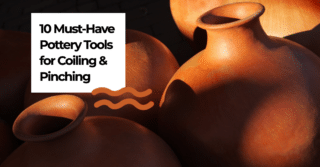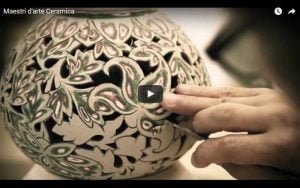Embossing has been around for decades and is commonly used to create a raised texture on paper craft and cards. Embossing is a very simple process – All you basically need is embossing glue, embossing powder and a heat gun. Since the introduction of embossing glue pens, embossing has become a popular art form among calligraphers. The results are not food safe, washable, microwave safe, and so you should just use it for decoration.
What you need:
- Embossing Glue Pen
- Embossing Powder
- Embossing Heat Tool
- Large sheet of paper or cardboard
- Dry paint brush
- A Vase of Mug or Plate
Step 1: Start with a clean surface. You don’t want to be embossing on an item that might be dusty or dirty, as the embossing glue and powder will not adhere to it.
Step 2: Draw what you would like embossed, using an Embossing Glue Pen.
Step 3: Get a large sheet of paper or cardboard, and fold it in half, so you get a nice crease. This is going to collect the powder when you pour it over your ceramics, so place it on the table.
Step 4: Hold your ceramics over the peice of paper, and pour over the Embossing Powder until it is fully covered what you have drawn.
Step 5: You can reuse the powder that drops onto the sheet of paper, just fold it up and pour the powder back into the container.
Step 6: Tap your ceramics to remove the powder, and then continue using a dry paintbrush to carefully and firmly brush off the remaining excess powder from around your drawing. You want to remove as much as you can, in order to be left with a clean finish. Even one small particle will melt into a blob if you’re not careful.
Step 7: Turn on your embossing heat tool and let it warm up for a bit. Hold your heat tool, approximately two to four centimeters (an inch) away from what you want embossed and patiently wait for the powders to melt. The powders should melt to a nice smooth finish.
Final note: Embossing is waterproof to a degree as it won’t wash off with water alone, and gentle hand wash is fine. However we recommend that embossing should be for decorative use only – as regular washing, abrasives, dish washing and microwaves are not recommended.






Responses